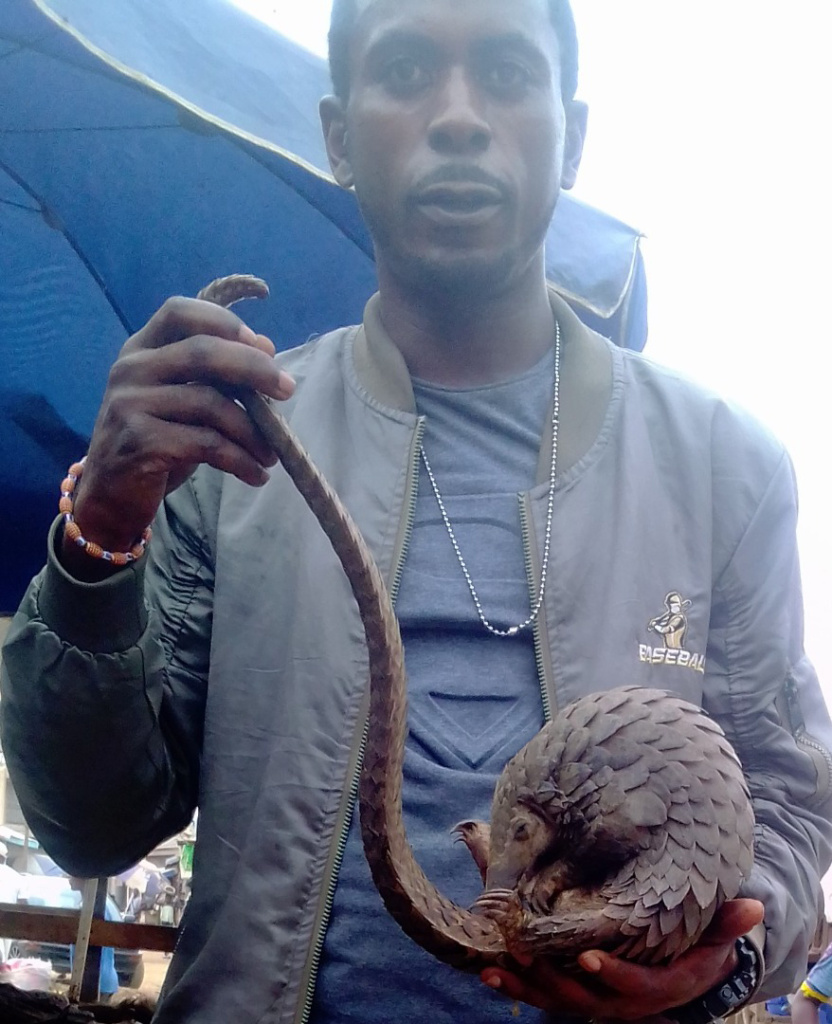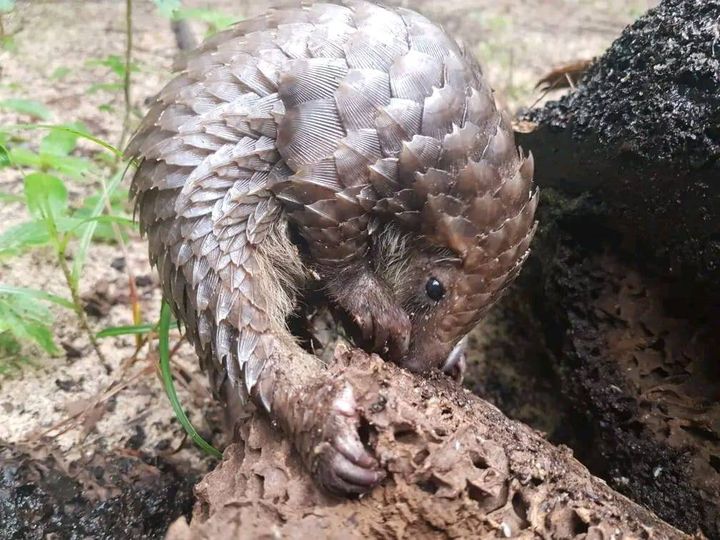The results have been published in Science (Q1, IF: 56.9), one of the most prestigious scientific journals, .
Pangolins live mainly in the forests and savannahs of Africa and Southeast Asia. They are critically endangered, mainly due to poaching.
The meat of African pangolins is consumed as food. Their scales are often used in folk medicine, which is why the population of Asian pangolins has declined over the past decade. At the same time, illegal pangolin hunting has increased dramatically in African countries. According to the authors of the article, some of the animals hunted illegally in African countries are smuggled to Asia. Without genetic data, it is virtually impossible to determine the true geographic origin of an animal seized from poachers. Identifying the exact poaching hotspots is therefore a priority in the fight against illegal animal trade. Using a source-to-destination approach and data from previous studies, members of the international scientific team created a geographic genomic map. This was based on 111 samples from wild pangolins in their known range in Africa, as well as 643 scale samples seized in Asia between 2012 and 2018 whose geographic origin had not previously been determined. Using a sample of 32 confiscations of illegally traded pangolins (between 2012 and 2018), the study participants mapped pangolin poaching hotspots and documented changes in this trend. They also analysed wildlife trade data, linking poaching hotspots to common routes used to transport pangolins to black markets. In addition, the study used data from samples of red blood cells, muscles and scales taken from pangolins whose geographical origin was confirmed using a GPS module. The scientists extracted DNA from the samples, which yielded high-quality genome sequences that were then used to generate a genomic map. Using principal component analysis and the ADMIXTURE program, five distinct population groups were identified that were strongly associated with specific geographic regions.By comparing data from specimens whose origin had been authenticated, scientists were able to successfully genotype 643 samples of confiscated pangolin scales and assign them to one of five groups. This identified two major poaching hotspots. According to the authors of the article, the epicentre of poaching has shifted from West Africa to Central Africa over the past decade, with Nigeria becoming one of the main centres of trafficking. Intensive poaching is also taking place in Cameroon - in the south, near the borders with Equatorial Guinea and Gabon, and in the north-west, near the border with Nigeria. However, Nigeria is mainly a transit centre for the illegal trade rather than a source of pangolins.
The results, say the authors of the article, show the importance of using both genetic data and the actual data on poached pangolins that have been seized, because they provide a clear geographical understanding of where global trafficking networks are located in near real time. At the same time, they show that these routes change over time, so the situation needs to be constantly monitored.
A young scientist from Tomsk Polytechnic University took part in the field research carried out on the territory of Cameroon as part of the project.
"We set up photo traps and analyzed the information. We observed pangolins in their natural habitat and counted their numbers. Another important aspect was analyzing how pangolins affect the African ecosystem. For example, they regulate insect populations and are symbionts. Data from camera traps is also helping us to better understand the habits of pangolins in terms of their habitat. For example, they often appear in humid areas and were most often caught in the camera lens during a specific time period - between nine pm and four am - confirming that they prefer a nocturnal lifestyle. We also conducted interviews with local people who encounter pangolins in their natural habitat," says Lionel Esong Ebong.
Lionel Esong Ebong came to Tomsk from Cameroon. He had previously studied at the University of Buea, where he was involved in research related to the reduction of the pangolin population. Lionel was admitted to the Master's programme at Tomsk Polytechnic University following the results of the Open Doors International Olympiad of the Global Universities Association. He chose to study Ecology and Environmental Management at the School of Earth Sciences and Engineering.
"The reasons why I chose Tomsk and TPU are, firstly, the beautiful nature of Siberia and, secondly, I was attracted to the Ecology and Environmental Management major because it corresponds to my previous educational and scientific experience. At Tomsk Polytechnic University I am engaged in research on such phenomena as geophagy (consumption of minerals, rocks, soil and ashes by animals and humans - ed.). I am sure that this knowledge will help me in my further work related to the research of pangolins", - adds the master's student.

